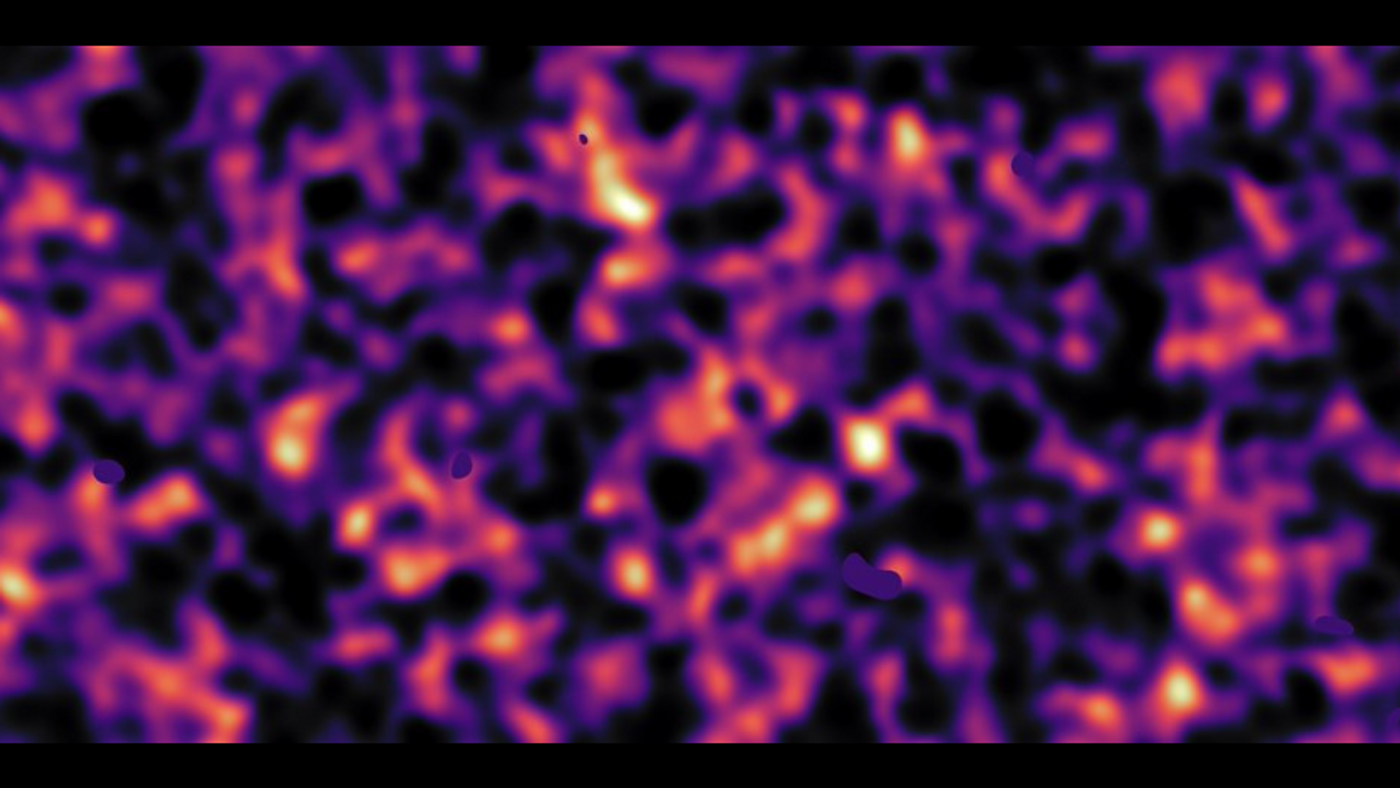"Dark Fluid" Theory Unifies Dark Matter and Dark Energy
The current model of the universe hypothesized that the world we dwell in only contain 5% ordinary (tangible, visible) matter; the rest is made of 25% dark matter that provides gravitational force to prevent the universe from expanding too fast, and 70% dark energy that repels the gravity-driven collapse of the ordinary matter.
Although the mysterious duo has dominated the physics field for decades, there's a lack of astrophysical evidence that supports their existence. Meanwhile, physicists have proposed alternative theories that are meant to explain the enigmatic nature of the two dark entities.
Recently Oxford scientist Dr. Jamie Farnes threw his hat into the ring: his modified cosmology model suggests that the universe could be largely made of fluid-like existence called "negative mass". And he had some help from none other than Albert Einstein.
In his field equation of general relativity, Einstein introduced the concept of the cosmological constant to counterbalance the effects of gravity. Under this preassumption, the universe remains still, with no expansion or contraction (which was considered an acceptable view at the time). Later on, he relinquished the idea of a static world, after Hubble and his colleagues revealed the evidence of an expanding universe.
Between the 1930s and late 1990s, most physicists considered the cosmological constant to be zero. But a discovery in1998 changed the constant to a small but positive value because data from two independent supernova observation projects prove the expansion of the universe is accelerating.
Related: cosmological constant
Farnes borrowed Einstein's concept of cosmological constant to solve the dark matter-dark energy conundrum: he proposes that our universe is occupied by 95% gravitationally repulsive negative masses, alongside with 5% ordinary matter. The current cosmology assumes that the world only contains positive masses. But Farnes' work asks everyone to rethink that assumption.
In a statement, he explained this unusual idea: “We now think that both dark matter and dark energy can be unified into a fluid which possesses a type of ‘negative gravity,” repelling all other material around them. Although this matter is peculiar to us, it suggests that our cosmos is symmetrical in both positive and negative qualities.”
Physicists are no strangers to negative masses. These hypothetic entities are expected to have some unusual properties. Two negative masses would repel each other. But the interaction between the positive and negative masses is more complicated (or preposterous as some would describe): it could be a push that repels the positive mass from the negative mass, and a pull that attracts the negative mass towards the positive one at the same time.
Under the assumption that negative masses do exist, Farnes developed a modified version of the commonly accepted cosmology model, within which the negative masses can resemble the cosmological constant and can flatten the rotation curves of galaxies.
Using this model he made several testable predictions of the distribution of dark matter-dark energy in the galaxies. According to Farnes, his theory can be potentially verified by observational evidence, such as those from "distant supernovae, the cosmic microwave background, and galaxy clusters".
Simulation of a Forming Dark Matter Halo (Jamie Farnes)
Source: ZME Science









